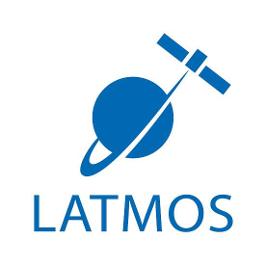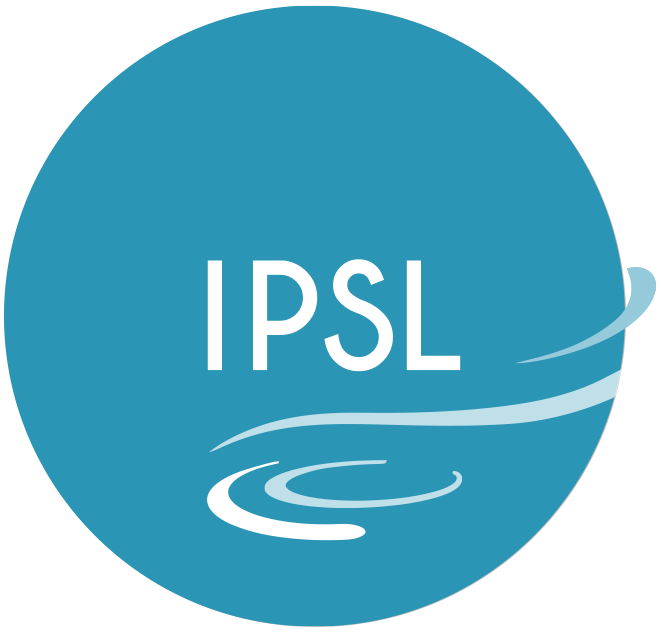Level 1A BepiColombo/PHEBUS EUV observations of the disk-integrated solar reflected light from the Mercury surface
Description
On October 9th and 10th 2021, nine days after the first flyby of Mercury by the ESA-JAXA mission BepiColombo, the EUV spectrograph of Probing the Hermean Exosphere by UV Spectroscopy (PHEBUS) instrument aboard BepiColombo observed the disk-integrated solar reflected light from the surface of Mercury between 90 and 160 nm at a distance of 4.5 million kilometers.
These observations are used to derive the EUV reflectance of the surface of Mercury in this wavelength range for the first time since the Mariner 10 observations in 1974-1975.
Temporal extent date range: 2021-10-09 to 2021-10-10
Data access Platforms The Probing the Hermean Exosphere by UV Spectroscopy (PHEBUS) instrument is a multiple channel instrument composed of two spectrographs operating in overlapping spectral ranges in the ultraviolet (EUV and FUV) and two additional visible lines (potassium and calcium centered near 404 and 422 nm).
The instrument and its scientific goals are described in details in [1] and [2].
This dataset contains the partially processed (level 1A) science data version 0.1 of these observations, compliant with the PDS4 archiving standard format (i.e data that have been processed beyond the raw stage but which have not yet reached calibrated status). Data from other observations possible at several periods during the rest of the cruise may be added later.
Note : version 0.1 is the unofficial version of Phebus data maintained and archived by the PHEBUS team before data ingestion into the ESA Planetary Science Archive (PSA).
(LIDVID: urn:esa:psa:bc_mpo_phebus:data_partially_processed:phe_par_sc_euvn_XODD_20211009T013000_20211009T022300::0.1)
(LIDVID: urn:esa:psa:bc_mpo_phebus:data_partially_processed:phe_par_sc_euvn_XODD_20211009T233000_20211010T002300::0.1)
Note:
Each product contains 2 files, one for the data in FITS format and the other for the metadata, in a PDS4 XML file.
Each product contains a unique logical identifier "LID" which is attached to the version to create a "LIDVID".
PHEBUS instrument
The PHEBUS project is funded by National Space Agencies of France (CNES), Japan and Russia (Roscosmos). Instrument ground calibrations were also supported by Italian Space Agency.
BepiColombo is Europe's first mission to Mercury. Launched on 20 October 2018, it is on a seven year journey to the smallest and least explored terrestrial planet in our Solar System.
When it arrives at Mercury in late 2025, it will gather data during its one-year nominal mission, with a possible one-year extension.
The mission comprises two spacecraft: the Mercury Planetary Orbiter (MPO) and the Mercury Magnetospheric Orbiter (Mio).
BepiColombo is a joint mission between ESA and the Japan Aerospace Exploration Agency (JAXA), executed under ESA leadership.
Publications
[1] Chassefière, E., J-L. Maria, J-P. Goutail, E. Quémerais, F. Leblanc, S. Okano, I. Yoshikawa, O. Korablev, V. Gnedykh, G. Naletto, P. Nicolisi, M-G. Pelizzo, J-J. Correia, S. Gallet, C. Hourtoule, et al. PHEBUS : a double ultraviolet spectrometer to observe Mercury’s exosphere, Planet. Space Sci., 58, 201-223, (2010)
https://doi.org/10.1016/j.pss.2008.05.018
[2] Quémerais, E., J-Y. Chaufray, D. Koutroumpa, F. Leblanc, A. Reberac, B. Lustrement, C. Montaron, J-F. Mariscal, N. Rouanet, I. Yoshikawa, G. Murakami, K. Yoshioka, O. Korablev, D. Belyaev, M.G. Pelizzo, A. Corso, and P. Zuppella, PHEBUS on
BepiColombo : Post-launch update and instrument performance, Space Sci. Rev., 216 :67, (2020)
https://doi.org/10.1007/s11214-020-00695-6
Contacts
Principal Investigator/Owner:
Eric Quémerais (LATMOS/IPSL, UVSQ Université Paris-Saclay, Sorbonne Université, CNRS, Guyancourt, France) Eric.Quemerais@latmos.ipsl.fr
Co-Investigator:
Jean-Yves Chaufray (LATMOS/IPSL, UVSQ Université Paris-Saclay, Sorbonne Université, CNRS, Guyancourt, France) Jean-Yves.Chaufray@latmos.ipsl.fr
Other (Data & DOI manager):
Reberac Aurélie (LATMOS/IPSL, UVSQ Université Paris-Saclay, Sorbonne Université, CNRS, Guyancourt, France) Aurelie.Reberac@latmos.ipsl.fr
Dataset information
Howto cite




